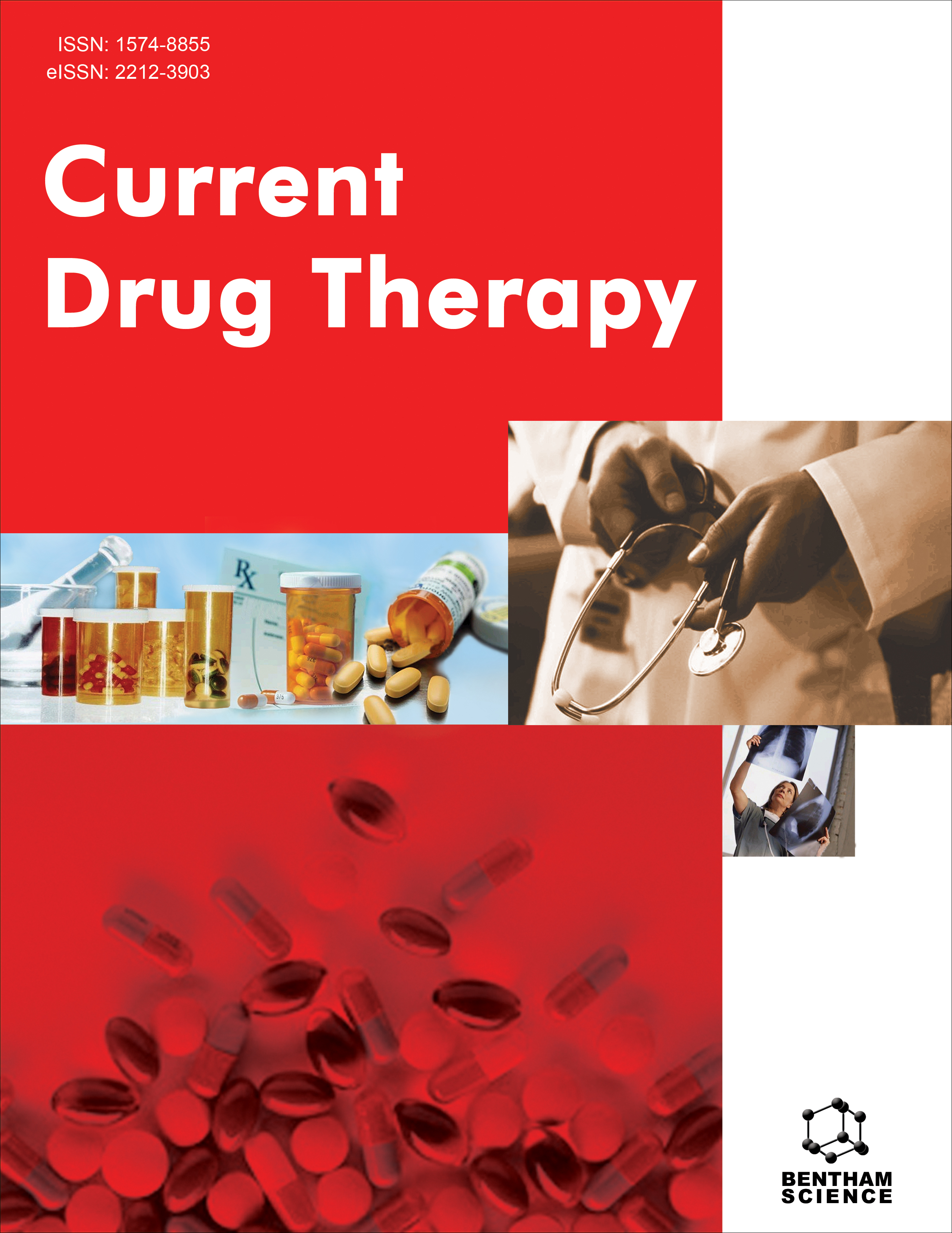
Full text loading...
We use cookies to track usage and preferences.I Understand

Neuropeptide neurotransmitters, orexins, are produced in the lateral hypothalamus. They are extensively dispersed throughout the central nervous system, except the cerebellum and peripheral nervous system. Orexin works by attaching themselves to G-protein-coupled receptors: orexin receptor 1 (OXR1) & orexin receptor 2 (OXR2). They play a role in the regulation of energy homeostasis, appetite, sleep-wake cycles, and other disorders like cancer, ischemic stroke, depression, Alzheimer's disease, and narcolepsy. Prepro-orexin peptide undergoes proteolytic breakdown to create these neurotransmitters. Orexin receptor antagonists decrease both non-rapid eye movement and rapid eye movement sleep, which increases awake through the lateral preoptic region. It encourages eating and supports the control of feeding habits, thus can be used in the treatment of obesity. In Alzheimer's disease, orexin enhances tau protein-mediated neurodegeneration and beta-amyloid buildup by interacting with the biomarkers of the illness found in the cerebrospinal fluid (beta-amyloid/tau proteins). It also lessens neuroinflammation, enhances cognitive performance, and prevents the formation of plaque, which contains beta-amyloid and tau proteins.

Article metrics loading...

Full text loading...
References


Data & Media loading...